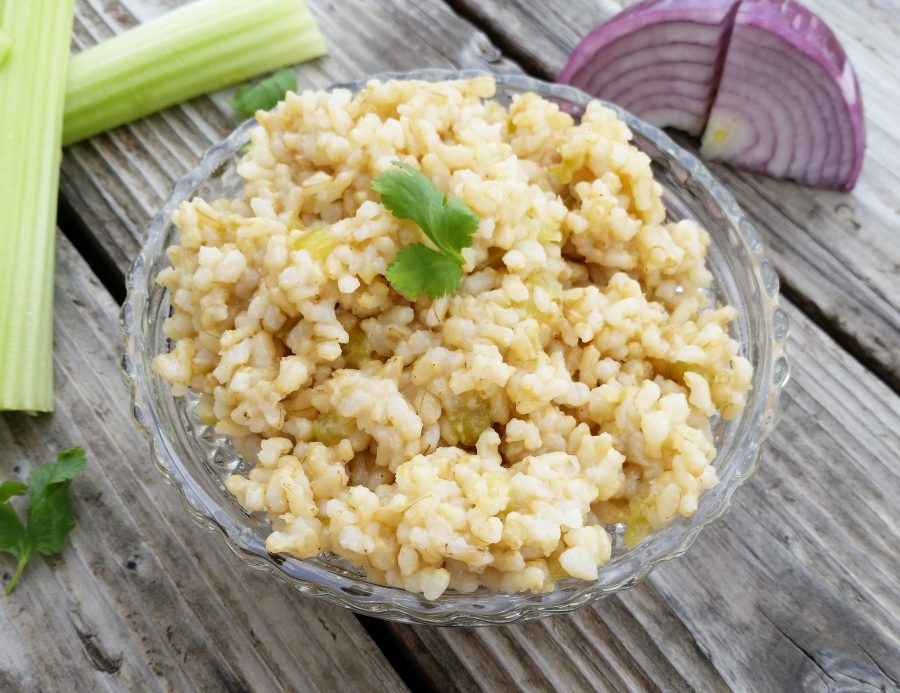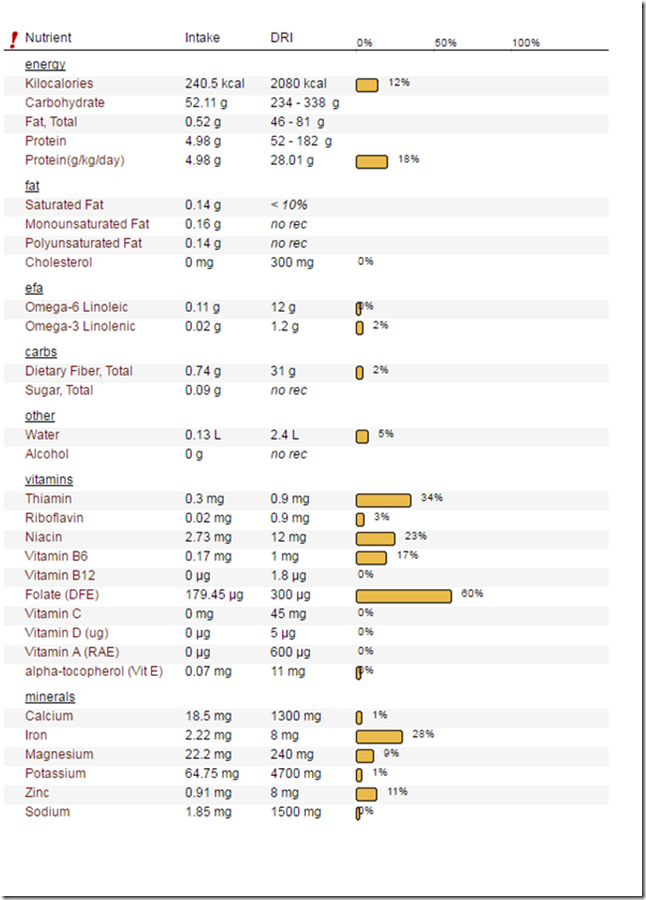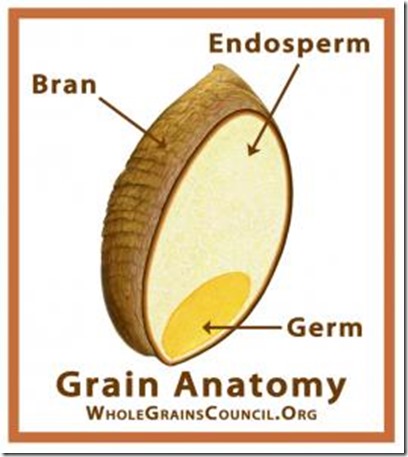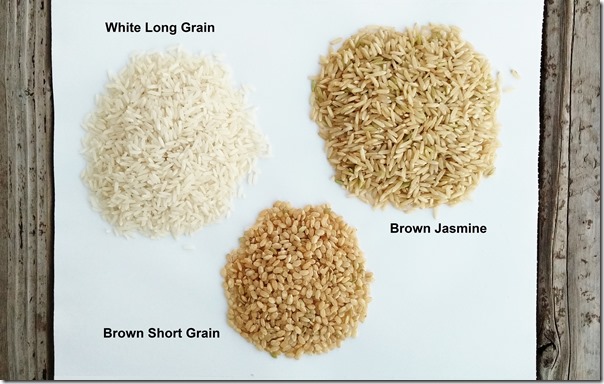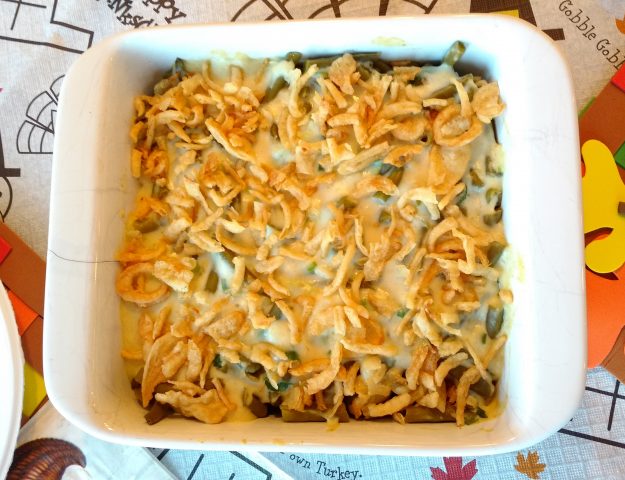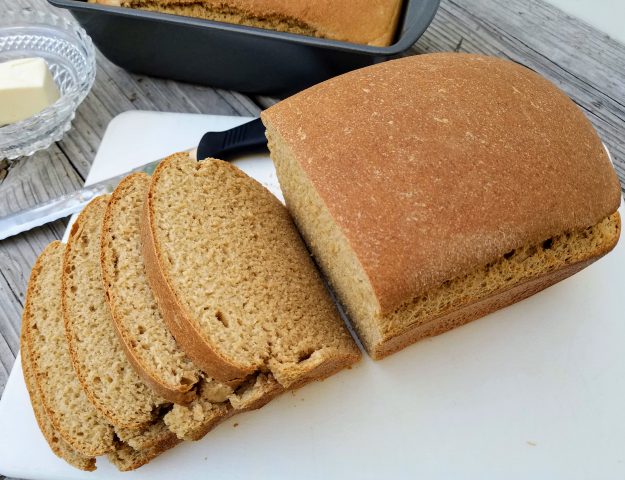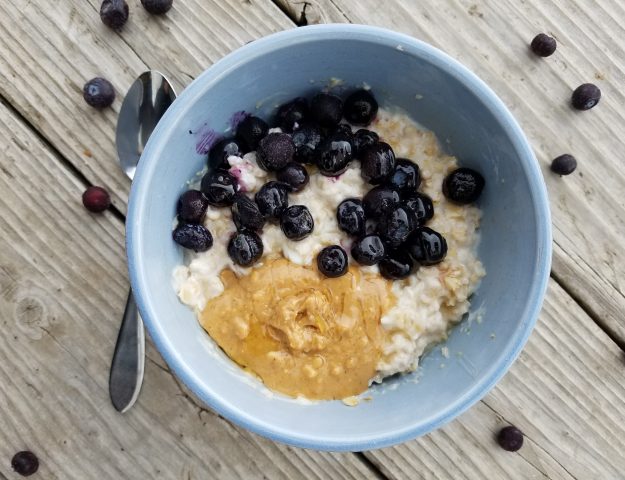Grains: White Rice vs. Brown Rice
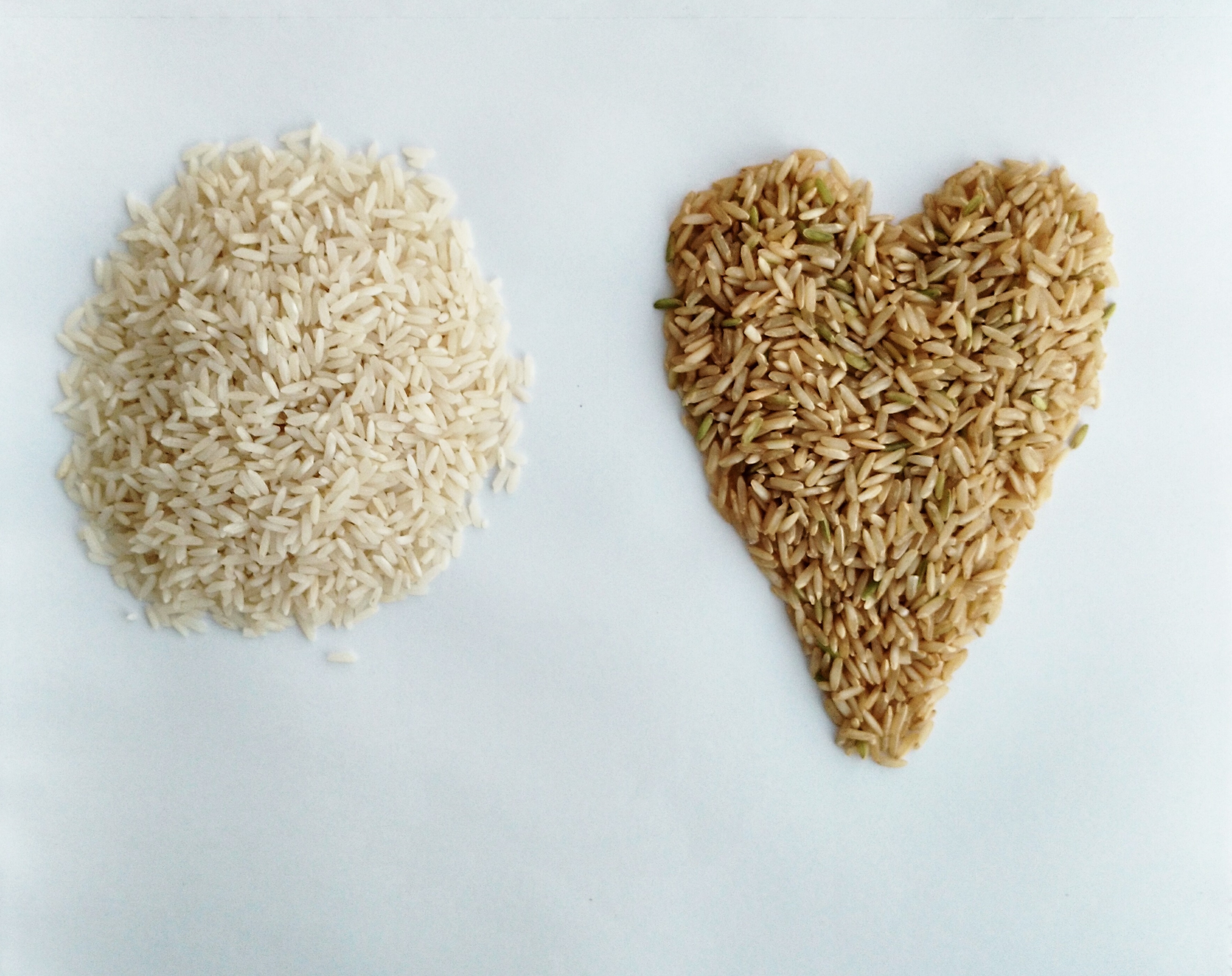
Which one is better: white rice or brown rice? I have received this question several times, so I am going to give you the scoop here. To determine the differences in nutrients, I analyzed 1 cup of cooked white rice against 1 cup of cooked brown rice.
White Rice, Long Grain, Enriched
Brown Rice, Short Grain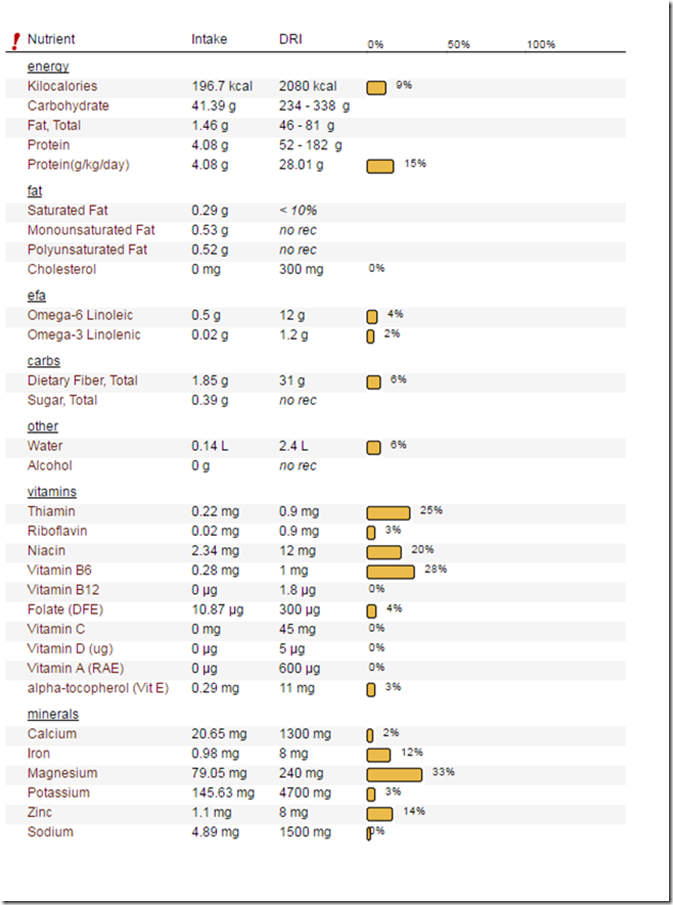
Enrichment
What does it mean when you see “Enriched” rice, flour, or cereal on your food label? Polished grains in which the fiber-rich bran and the vitamin-rich germ have been removed in processing are called refined grains. All grains, whether refined or whole, still contain the starchy endosperm. Whole grains differ from white or enriched grains because they are cooked, steamed, or milled completely intact with the entire kernel.
To make up for part of the nutrition lost during refinement, vitamins and minerals are added to refined grains. This is called enrichment. Enrichment of white flour, cereal and rice with Thiamin, Niacin, Riboflavin, Folate and Iron is required by law of the United States Food and Drug Administration. It may also be enriched with Calcium and Vitamin D. (You can read more about FDA food requirements here.)
Analysis
Calories
As you can see by the nutrient analyses above, there are a few differences between white and brown rice. The first is calories. The white rice contains 241 calories per cup while the brown rice contains 197 calories per cup. That’s a difference of 44 calories per serving.
Folate
The next biggest difference is in Folate. White rice has 60% of the daily value of Folate, whereas brown rice has just 4%. Why the contrast? A chemical form of folate has been added to the white rice in a quantity much greater than what is found naturally in the whole grain. Artificial vitamins are not as readily absorbed by our bodies as the natural form found in whole foods, so much more chemical must be added in order to get the same effect as the natural vitamin.
Fiber
Another difference in nutrients is brown rice has just over 1 gram more fiber per serving than white rice. Fiber is an important nutrient which helps slow the digestion of sugar in the gut, preventing blood sugar spikes. Fiber also promotes bowel regularity and helps to maintain healthy blood cholesterol levels.
Texture and Flavor
The difference in texture and flavor is most significant, and that explains the reason most people want to know which rice is “healthier.” Many people asking the question prefer the soft texture and mild flavor of the white rice rather than the chewy texture and nutty flavor of brown rice.
Sound Advice
Here’s the deal, if you are concerned about getting enough vitamins and fiber in your diet, but you still prefer white rice over brown, it’s all about what you pair it with. Piling vegetables, beans, legumes, seeds and nuts on top of your white rice will compensate for what the white rice is missing. However, you might realize you like brown rice more than you think if you try different varieties. Brown rice grows in a long, medium, and short grain. The length effects the texture, so try a long grain if the short grain is too chewy for you. A favorite at our house is brown jasmine rice. My kids think it smells like popcorn when it’s cooking and it does have a bit of a buttery flavor. Brown basmati rice is another buttery rice similar to jasmine rice. Check out the bins on the whole foods aisle of your grocery store and you will realize that whole grain rice comes in all colors and sizes from black, red, purple, and tan!
Recipes
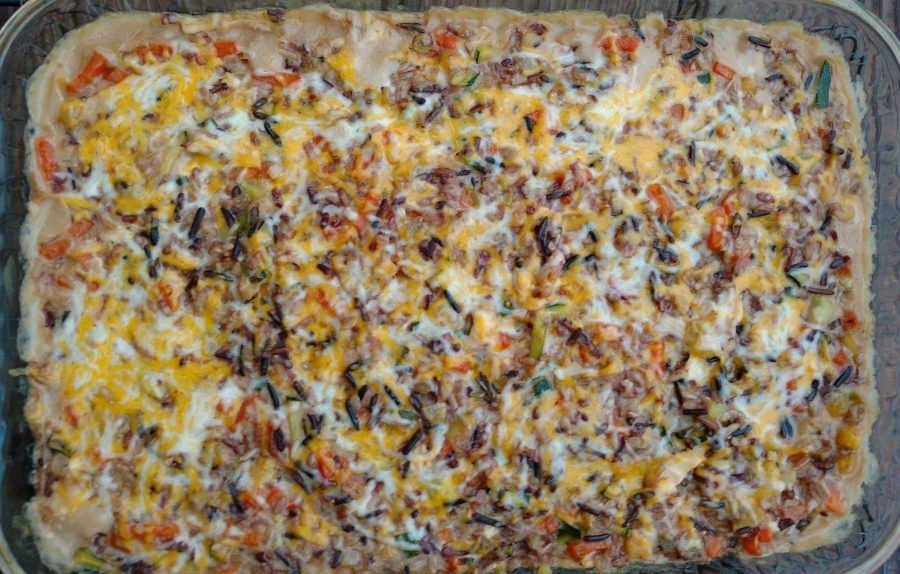
Cheesy Wild Rice and Vegetable Bake

